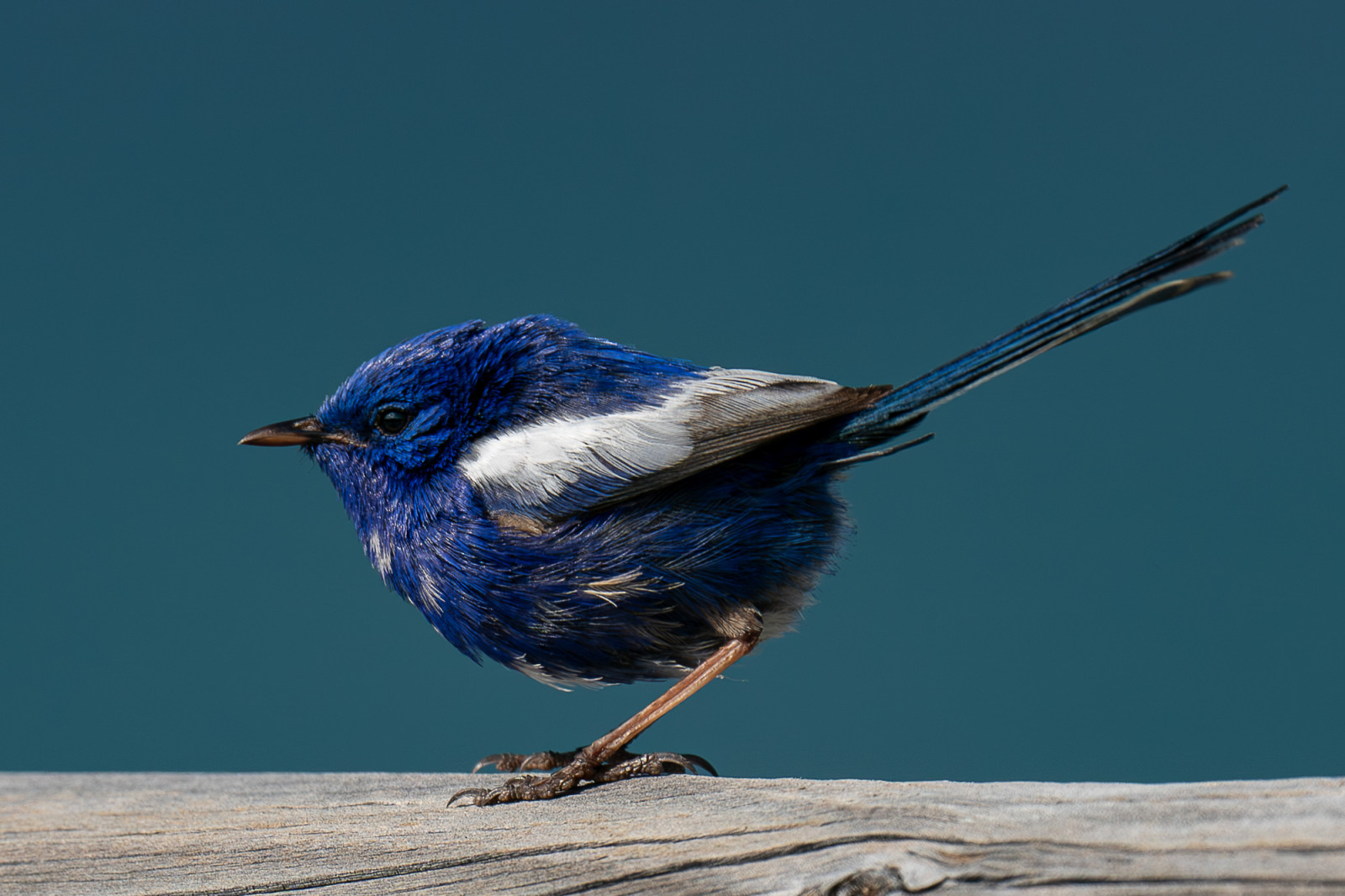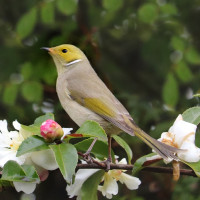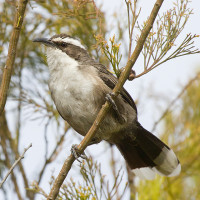Beschreibung
Monkey Mia is a popular tourist destination in the Shark Bay Marine Park because of the bottlenose dolphins that have been coming close to shore for more than fifty years. But the place is also a great spot for birding. Among the birds to look for are Western Grasswren, White-browed Babbler, Australian Pelican, Pied Cormorant, White-plumed Honeyeater, Purple-backed Fairywren and White-winged Fairywren.
Details
Zugang
Monkey Mia is located about 900 km north of Perth. The reserve is 25 km northeast of the town of Denham in the Shark Bay Marine Park and World Heritage Site. Press P on the map for directions. Please note that there is a park visitor fee.
Terrain und Habitat
Meer , Strand , Vereinzelte Bäume und BüscheBedingungen
Offene Landschaft , SandigRundweg
JaIst ein Spektiv nützlich?
Möglicherweise hilfreichGute Beobachtungszeit
GanzjährigRoute
Normaler Weg , Schmaler PfadSchwierigkeitsgrad der Tour
EinfachErreichbarkeit
zu FußBeobachtungshütten oder -türme
JaZusätzliche Informationen
From the car park starts a trail that is an excellent walk especially early in the morning. It leads from the car park, up to a small dam, through some coastal scrub and down to the beach from where you can walk back to the information centre. Allow 2 to 3 hours for the walk so that you can take your time and be patient to see some of the shyer species.
At the start of the walk look for Western Grasswren, White-winged Fairy-wren and Variegated Fairy-wren. Look for Common Bronzewing, Crested Pigeon, Zebra Finch and Emu coming to drink at the dam. There is a bird hide where you can sit and wait patiently.
Further along in the low scrub look for Western Grasswren, Chiming Wedgebill, Southern Scrub-robin and Crested Bellbird. You need to be patient to get good observations, although the Southern Scrub-robin can be very inquisitive if you stay still and whistle quietly. Keep an ear out for Horsfield’s Bronze-Cuckoo and Black-eared Cuckoo.
When you get to the beach you will see a sand spit further down the beach to the right. This is a very good site especially in summer to look for waders and terns. There should be Bar-tailed Godwit, Common Greenshank, Pied Oystercatcher, Grey Plover, Lesser Sand Plover, Greater Sand Plover, Red-capped Plover, Red-necked Stint, Curlew Sandpiper, Ruddy Turnstone and a possible Terek Sandpiper. There could also be Silver Gull, Caspian Tern, Crested Tern, Fairy Tern and possibly Pacific Gull and Lesser Crested Tern. You might also see Little Egret or Eastern Reef Egret.



